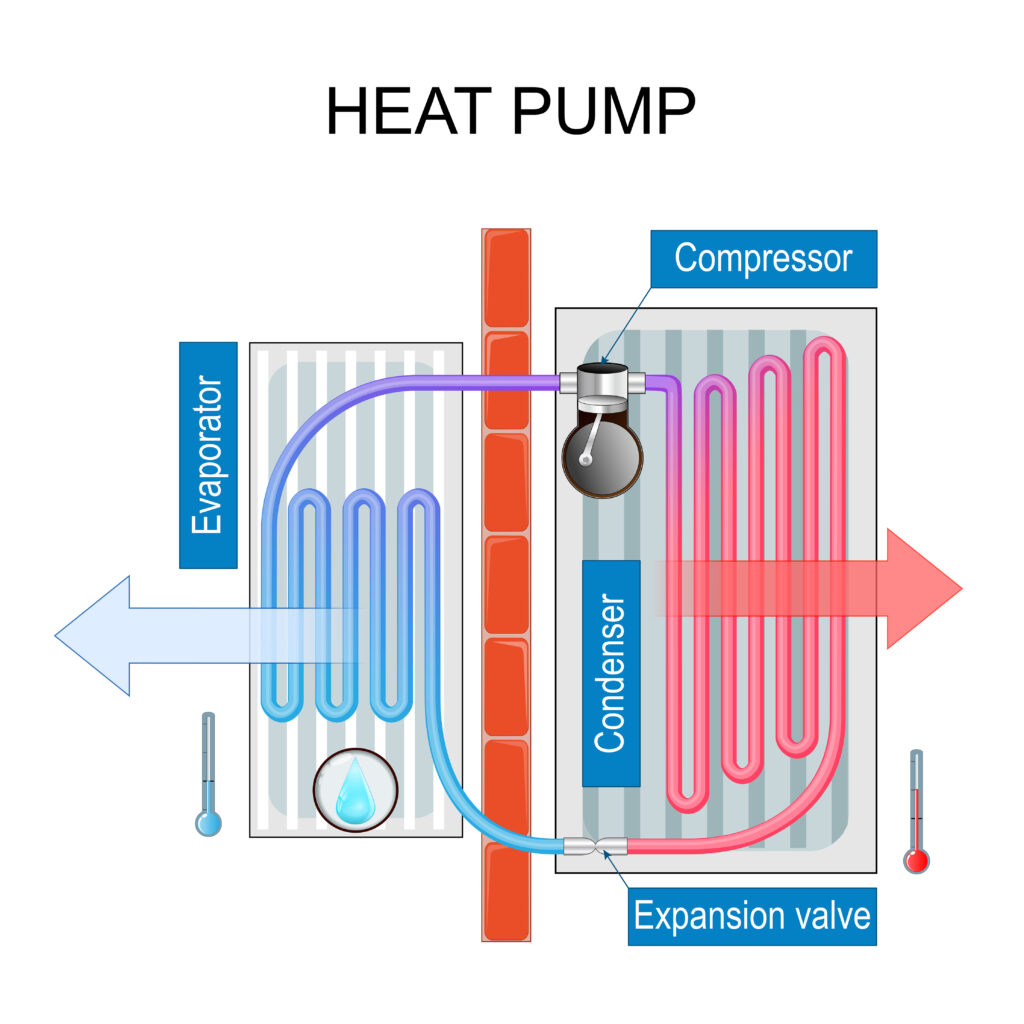When you wash your clothes with cold water, you’re saving the planet. You’re using less energy and burning less fossil fuels than if you had used hot water. In fact, you’re “mitigating climate change,” Andrew Weaver, a professor in the School of Earth and Ocean Sciences at the University of Victoria, says.
Look around and you’ll see climate action terms like mitigation, adaptation, and resilience at work.
Maybe you’ve switched from a gas-powered car to an electric one (mitigation). Your switch reduces the amount of greenhouse gas emissions that get trapped in the atmosphere, warms the planet, and leads to extreme weather events like heavy rainfall. In response to these events, cities, like Richmond, will install dikes for stormwater management (adaptation). And a robust stormwater management system will protect Richmond from floods (resilience).
The more strategies cities implement to adapt to — or mitigate — climate risks, from urban planning and community engagement to investing in nature-based solutions Nature-based solutionsThe natural environment's problem-solving toolkit to address environmental challenges and provide sustainable solutions. Examples include reforestation, wetland restoration, and green infrastructure projects.Learn More and transitioning to renewable energy, the more resilient we’ll be to changes in our climate.
“Even if we reduce our greenhouse gas emissions today to zero, we've already baked in a certain amount of change in the global atmosphere,” says Dave Aharonian, a Senior Policy Analyst in the Climate Partnerships and Engagement Branch at the B.C. Climate Action Secretariat. “[It’s] going to cause impacts in the future in terms of climate change, and we're seeing those already to some extent today.”
Resilience, then, Professor Weaver adds, is how ready we are for these coming changes. The need for resilience, while we try to cut emissions, is present in all aspects of society — in agriculture, in land use, in transportation, and even in the built environment.
In Vancouver, about 55% of emissions comes from buildings (burning gas for space and water heating), Rachel Telling, Acting Manager of Climate Adaptation & Equity at the City of Vancouver, says. And nearly 40% comes from transportation (burning gas and diesel in vehicles).
So, when paired with governmental changes (like the City of Vancouver’s Zero Emissions Buildings Plan) our individual changes (like replacing the furnace in your home with a heat pump if you’re able to), can have a lot of impact.
The City also has plans to assist people with making clean energy swaps in their homes, Rachel says. Like launching a heat pump retrofit program for people living in multifamily buildings and working with BC Housing and Landlord BC to retrofit older buildings and make them more energy efficient.
Dave and Professor Weaver explain that heat pumps are good for the environment because they heat and cool without expending too much energy.
Condenser
See more →
To heat your house, a heat pump starts by pulling warm outside air. Then, refrigerant coolant in the compressor further increases the temperature and pushes warm air into your home.
Heat pumps are efficient because they transfer warm and cool air instead of generating it.
Evaporator
See more →
To cool your home, the heat pump absorbs warm air inside and transfers it outside. The compressor circulates refrigerant to the evaporator, which absorbs heat and releases cool and dehumidified air into your home.
Did you know: A heat pump can be up to 300% more efficient than electric baseboards.
Compressor
The compressor is responsible for taking low-pressure, low-temperature refrigerant vapour from the evaporator coil (inside the house) and compressing it into a high-pressure, high-temperature gas. This compressed gas is then sent to the condenser coil (outside the house) to release heat.
Expansion valve
The expansion valve, also known as a metering device, is located between the evaporator and condenser coils and serves to regulate the flow of the refrigerant, helping maintain the efficiency of the heat exchange cycle within the heat pump system.
When we change how we consume energy in our homes or incorporate active modes of transportation into our routines, we’re building resilience. Just like when cities move people away from areas that are vulnerable to flooding, turn flood zones into parks or wetlands, or plant more trees in neighbourhoods.
Our individual changes that we might think are too small or too insignificant “actually inspires others,” Professor Weaver says. “I hope we'll see more [changes] in the years ahead.”
Curious for more science behind climate resilience and adaptation?
Explore solutions for regenerating our planet on Change Reaction.

